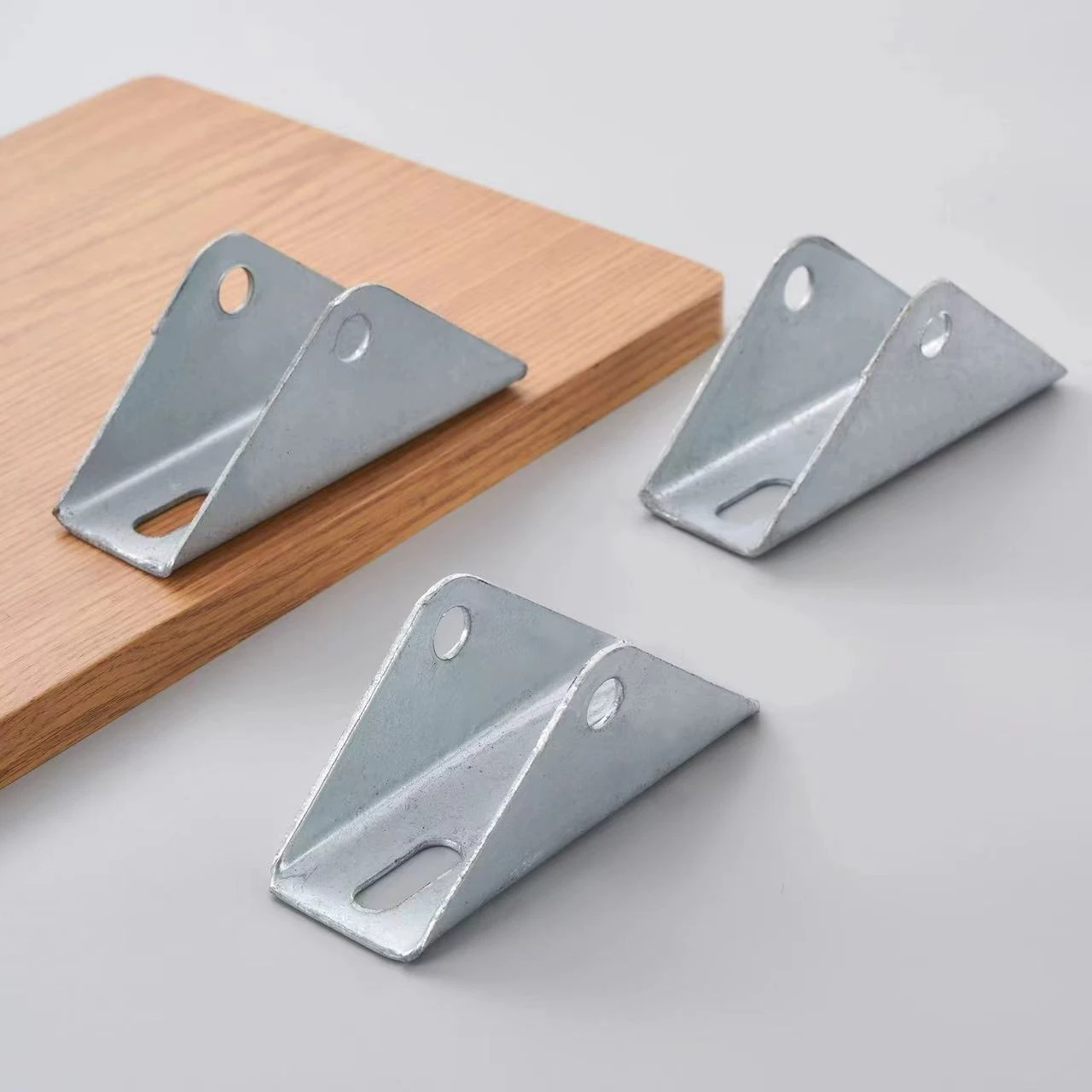

Simple Steps for Installing Self-Tapping Sheet Metal Effortlessly
Des . 30, 2024 20:42 Back to list
Simple Steps for Installing Self-Tapping Sheet Metal Effortlessly
Effortless Installation Guide to Using Self-Tapping Sheet Metal Screws
Self-tapping sheet metal screws are an essential tool for various metalworking, building, and repair projects. Their unique design allows them to create their own threads as they are driven into pre-drilled holes, making them convenient and time-efficient. This guide aims to provide a straightforward approach to using self-tapping sheet metal screws effectively.
Understanding Self-Tapping Screws
Self-tapping screws come in various shapes and sizes, suited for different applications. They are designed with sharp tips that cut into metal when driven in. Unlike traditional screws, which require a pre-formed thread in the material, self-tapping screws eliminate the need for nuts or additional fastening hardware. This feature not only saves time but also ensures a solid connection with minimal effort.
Choosing the Right Screw
Before installation, it’s crucial to select the right type of self-tapping screw for your project. Material plays a significant role; some screws are designed for softer metals like aluminum, while others are tailored for tougher materials like steel. Additionally, consider the head type—common choices include hex head, slotted, and Phillips. The head type will impact your tool choice for installation.
Tools Needed
Before beginning your installation, gather the following tools
1. Drill or Screwdriver Depending on the size and type of screws, you may need a power drill or a manual screwdriver. 2. Pilot Hole Drill Bit A drill bit that matches the size of your screws is recommended for creating pilot holes. 3. Safety Gear Don’t forget to equip yourself with safety goggles and gloves to protect against metal shavings and sharp edges.
effortless installation guide to using self-tapping sheet metal

Step-by-Step Installation Guide
1. Preparation Ensure your work area is clean and well-lit. This will help you see your work clearly and prevent accidents. Measure and mark the spots where you plan to install the screws.
2. Drill Pilot Holes Use a suitable drill bit to create pilot holes. The size of these holes should match the diameter of your self-tapping screws. For metal, a smaller pilot hole helps avoid splitting and ensures a tight fit.
3. Secure the Material If possible, clamp the pieces of sheet metal you are working on. This will prevent movement during installation, resulting in a more precise and effective outcome.
4. Insert the Screw Align the screw with the pilot hole and drive it in using the drill or screwdriver. If using a drill, set it to a lower speed to prevent stripping the screw. As you drive in the screw, apply even pressure and avoid tilting the drill.
5. Ensure a Tight Fit Keep driving the screw until it is securely fastened, but be cautious not to overtighten, as this may strip the threads or damage the metal.
6. Inspect the Joint After installation, check the joint to ensure it is secure. There should be no movement or gaps. If necessary, you can install additional screws for added support.
Conclusion
Using self-tapping sheet metal screws can significantly enhance your efficiency in various projects. By selecting the appropriate screws, preparing your workspace, and following the installation steps, you can achieve solid, durable connections with minimal effort. Always prioritize safety and take your time to ensure quality work. With practice, you’ll find that the installation process becomes effortless, allowing you to tackle any metalworking project with confidence. Happy fastening!
Latest news
-
Premium Fasteners Manufacturer | AI-Driven Solutions
NewsAug.01,2025
-
Hot Dip Galvanized Bolts - Hebei Longze | High Strength, Corrosion Resistance
NewsAug.01,2025
-
High-Strength Hot Dip Galvanized Bolts - LongZe | Corrosion Resistance, Custom Sizes
NewsAug.01,2025
-
Best Self Tapping Screws for Drywall - Fast & Secure Installation
NewsJul.31,2025
-
High-Strength Hot Dip Galvanized Bolts-Hebei Longze|Corrosion Resistance&Customization
NewsJul.31,2025
-
Hot Dip Galvanized Bolts-Hebei Longze Metal Products|Corrosion Resistance&High Strength
NewsJul.31,2025

